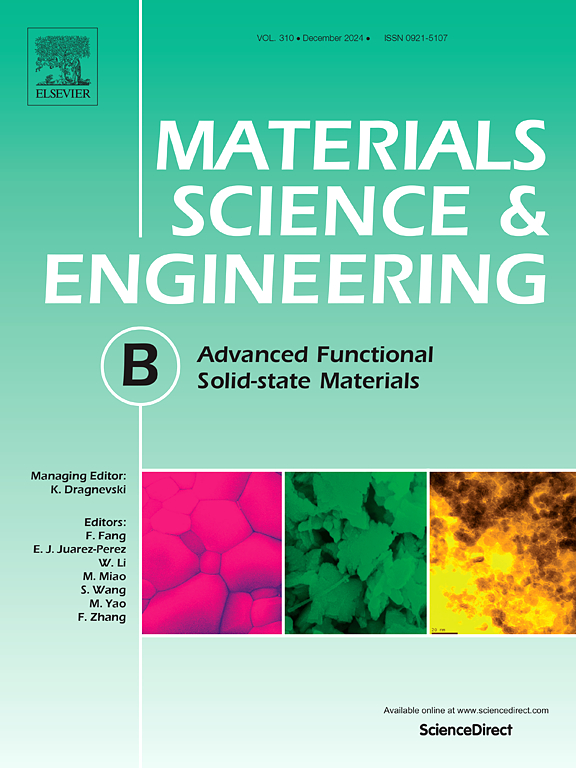Bio-based PLA composites loaded with Fe3O4/ graphene nanoplatelet hybrids for improved microwave absorbing properties
IF 3.9
3区 材料科学
Q2 MATERIALS SCIENCE, MULTIDISCIPLINARY
引用次数: 0
Abstract
Poly(lactic acid) (PLA) composites loaded with magnetite (Fe3O4), graphene nanoplatelets (GNP) and their hybrids were developed through a melt mixing process to create innovative bio-based microwave absorbers (MWA). The hybrids were synthesized in situ, with magnetite generated in the presence of GNP. Alternatively, GNP and Fe3O4 were pre-blended using a ball mill and compounded with PLA. Composites with hybrid filler exhibited superior electromagnetic wave attenuation compared to binary blends, as evidenced by lower minimum reflection loss (RL). Furthermore, the hybrid filler prepared by in situ synthesis of Fe3O4 displayed multiple resonance peak, as well as attenuation of electromagnetic wave more than 99.9% in a larger frequency range, indicating effective impedance matching at various frequencies. Additionally, incorporating 2 wt% of maleic anhydride as compatibilizing agent, the absorbing properties was enhanced with lower content of Fe3O4-GNP (10 wt%), highlighting the influence of interface compatibilization to improve the distribution of the filler.

求助全文
约1分钟内获得全文
求助全文
来源期刊

Materials Science and Engineering: B
工程技术-材料科学:综合
CiteScore
5.60
自引率
2.80%
发文量
481
审稿时长
3.5 months
期刊介绍:
The journal provides an international medium for the publication of theoretical and experimental studies and reviews related to the electronic, electrochemical, ionic, magnetic, optical, and biosensing properties of solid state materials in bulk, thin film and particulate forms. Papers dealing with synthesis, processing, characterization, structure, physical properties and computational aspects of nano-crystalline, crystalline, amorphous and glassy forms of ceramics, semiconductors, layered insertion compounds, low-dimensional compounds and systems, fast-ion conductors, polymers and dielectrics are viewed as suitable for publication. Articles focused on nano-structured aspects of these advanced solid-state materials will also be considered suitable.
 求助内容:
求助内容: 应助结果提醒方式:
应助结果提醒方式:


